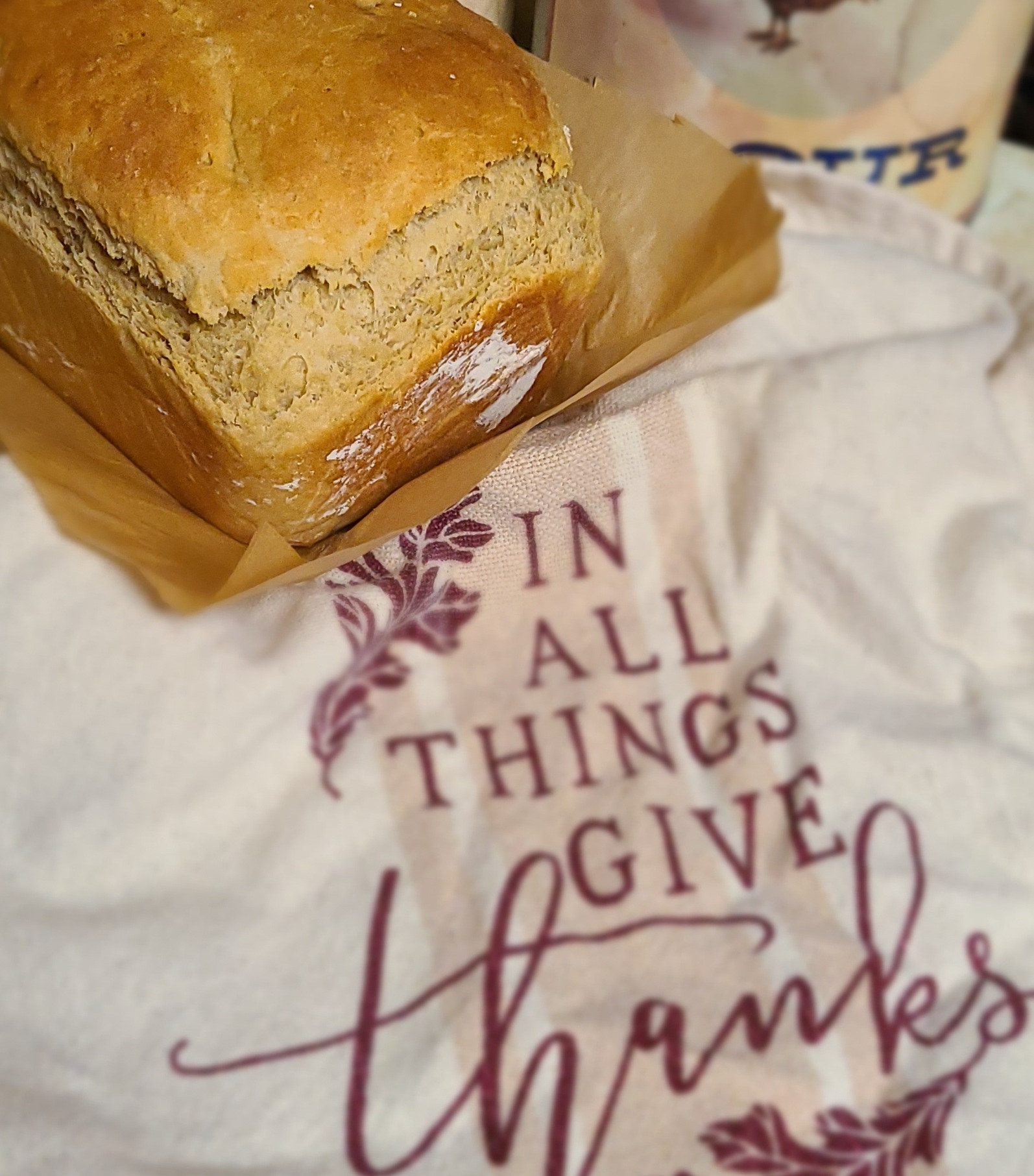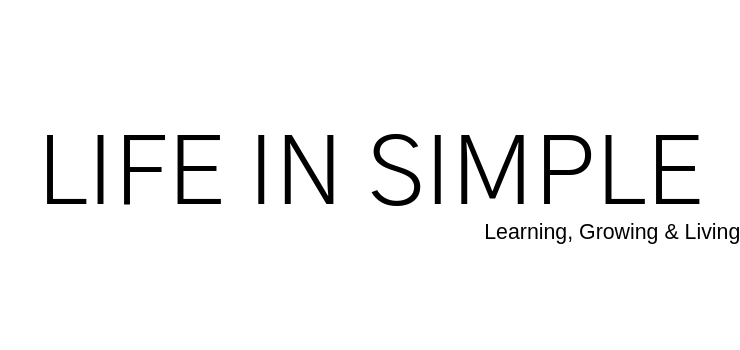Feast of Fermentations

“Another parable spake he unto them; The kingdom of heaven is like unto leaven, which a woman took, and hid in three measures of meal, till the whole was leavened.” – Matthew 13:33

Yeast of Yesteryear
The history of yeast can be traced all the way back to the Egyptians and possibly even further. In the Bible, it is called leaven which means to rise. Leavening agents have been used for millennia to make Alcohol, Vinegar, and even Bread. It seems since humans have existed so has the process of fermentation. Yeast is a single-celled microorganism classified as a member of the fungus kingdom. They have, in a nutshell, adapted to eat sugar and convert it into alcohol making an environment only they can survive in and thus create more of them and less of others. The gas they let off from alcohol is ethanol which is what gives the bread lift or the beer foam.
The main two types of yeast are brewers yeast for making beer, wine, and vinegar and bakers yeast for making bread and baked goods. In the 19th century, bread bakers obtained their yeast from beer brewers from which they made sweet-fermented bread. Now different yeasts like different things and so not all yeasts are the same. The ones less suited to the environment and food source die off and other ones flourish. Thus creating a completely new breed of yeast.
Tebbenhof was the first who, in 1825, found a way to make yeast into cube cakes by the way of extracting moisture. The history of yeast took a decisive turn in 1857 when Louis Pasteur discovered the fermentation process. And in 1867 Reiminghaus used the filter press which allowed for improved industrial manufacture of baker’s yeast. Charles Fleischmann brought the method of making yeast to the United States. who developed America’s first commercially produced yeast that you find on store shelves today.

The Breed of Bread
As I stated above there are two general types of yeast, Brewers yeast or Bakers yeast. As we are more in speaking of the aspects of food storage, beer will not be discussed here. Although beer does seem to go faster than water in a natural disaster. I digress. We will be however covering the types of yeast available for the beginner’s food storage and pantry. The types you will come across will be Active Dry Yeast, Instant Yeast, and Rapid-rise Yeast.
Each type of yeast is best for specific situations. Instant is best if you want to skip the proofing phase of baking, you just add this straight to your dry ingredients. Perfect for making holiday baked goods when having a busy household. Rapid-rise is mainly for bread machines and those who have zero patience. This brings us to Active Dry Yeast, which has to be added to warm water and sugar and proofed or allowed to activate. All yeasts may lose some of their potency over time so be sure to rotate your stock regularly.
While dry yeasts are best for long-term storage it goes without saying there is one yeast that is often not mentioned as much but is making a resurgence. It goes by many names, Natural Yeast, Wild Yeast, or more simply Sourdough Starter. If you have wheat (flour), sugar, and good clean water you can make your own yeast. How else do you think the pioneers got across the plains. There wasn’t exactly nicely packaged yeast in foil back then. If making your own starter interests you, I recommend Lisa’s “How to Make a Sourdough Starter from Scratch” and she has plenty of recipes on her page to utilize your own homegrown yeast.

Leaven for Your Larder
Storing your yeast is just like storing any of your dry goods. Keep your yeast in a cool dry location out of direct sunlight. And the lower the humidity the better. Just like in past articles store what you use and use what you store. And adapt it to your family’s needs. If you are an active family and time is not something you can spare go with the instant or rapid-rise yeast. If you are a slow food family then go with active dry yeast or try your hand at the sourdough start.
For even longer storage you can store your tightly vacuum sealed yeast in the bottom or back of your freezer. So far many have claimed the yeast is still viable 10 years or more after the best by date has passed. If you want to check out a cool video on using freezer stored yeast watch The Provident Prepper “Best Instant Yeast for Long Term Food Storage.”
Along with yeast, other leavening agents, you might consider keeping on hand are Baking Powder, Baking Soda, and Powdered Eggs or an Alternative. A variety of leavening agents will make your pantry more versatile. Multiple options will keep your family from getting bored. Which brings us to recipes.

Functional Fermentations
Bread is one of those things it’s hard to imagine life without. Which makes having yeast on hand all the more important. Think about all the other baked goods you enjoy on the regular and try to imagine life without them. Without yeast, they wouldn’t be possible. Sandwich bread for one wouldn’t be very palatable without the yeast that makes the bread so fluffy. Or the buns for your hamburger. Or what about Thanksgiving without dinner rolls. No donuts to go with your coffee? Unthinkable.
So when you think of yeast and fermentation it really is the most functional thing to have in your pantry. Having a number of great recipes that are simple and can be made quickly is essential. I will recommend a few here. But I encourage you to try out as many as possible to find the ones that will work best for your family.
Aside from my previous post “The Wonderful World of Wheat” I don’t often bake as much as I use to. I’m getting back into baking and am currently working on recipes utilizing yeast instead of relying on the store to have all my bread products. In the meantime, I hope you will check out some of my favorite pages for baking recipes. Cooks Illustrated and All Recipes are great places to start looking for delicious bread recipes.

Hawaiian Sweet Bread
SandraIngredients
- 1 cup Warm Water
- 5 tbsp White Sugar
- 1 tbsp Active Dry Yeast
- 3 cups All-purpose Flour
- 3/4 tsp Salt
- 2 tbsp Oat Milk Powder
- 2 tbsp Dry Potato Flakes
- 1/4 tsp Vanilla Extract
- 1/4 tsp Lemon Extract
- 2 Flax Eggs or Alternative
- 4 tbsp Vegan Butter
Instructions
- First proof your yeast: prepare a ¼ cup of warm water no warmer than 110 degrees Fahrenheit, add a teaspoon of sugar, and the amount of yeast the recipe calls for. Give the mixture a quick stir, then set aside for 5–10 minutes. If the yeast is alive, it will begin to foam and bubble. (If you are using Instant Yeast you can skip this part.
- While the yeast is proofing mix together all your dry ingredients in a large mixing bowl, Sugar, Flour, Salt, Dry Oat Milk, and Dry Potato Flakes. If you are using "Instant Yeast" you can add that in with the dry.
- In another bowl melt the butter in the microwave in 10-sec increments till just soft and slightly melted. You don't want it too hot.
- In another bowl make your flax eggs: 2 tbsp ground flax meal with 5 tbsp water. Or if using egg alternative follow directions on the package to make the equivalent of 2 eggs.
- Mix all wet ingredients together, Water, Vanilla & Lemon Extract, Egg Alternative, and Vegan Butter. This is where you will add in your proofed yeast if you're using Active Dry Yeast. Whisk till all incorporated.
- Slowly incorporate your wet into your dry stirring in a folding motion with a large wooden spoon. Once it becomes too difficult to mix with a spoon switch to hands.
- Form into a smooth ball adding flour or warm water till you get the desired consistency. Place a towel over top and let rise for one hour.
- Remove from bowl and form into a loaf and place in a bread pan and allow to rise again until it reaches the top edge of the pan.
- Bake in a preheated 350-degree oven for about 30 mins. or until golden brown in color. Serve warm with vegan butter.
Resources:
Yeast: Making Food Great for 5,000 Years
The History of Modern Baking Yeast
8 Types of Yeast for Baking, Cooking, and Brewing
Types of Yeast and How to Use Them
How to Store Dry Yeast for the Long Term
Top 10 Foods to Hoard for “The End of the World as We Know It”
About The Author
admin
Related Posts
The Frugality of Fats
“Fat gives things flavor!” – Julia Child The Story of Shortening Fats have…
April 12, 2022Marvelous Macaroni & Cheese
“All middle-income families use carbs to stretch meals, across any ethnic group –…
January 24, 2022


